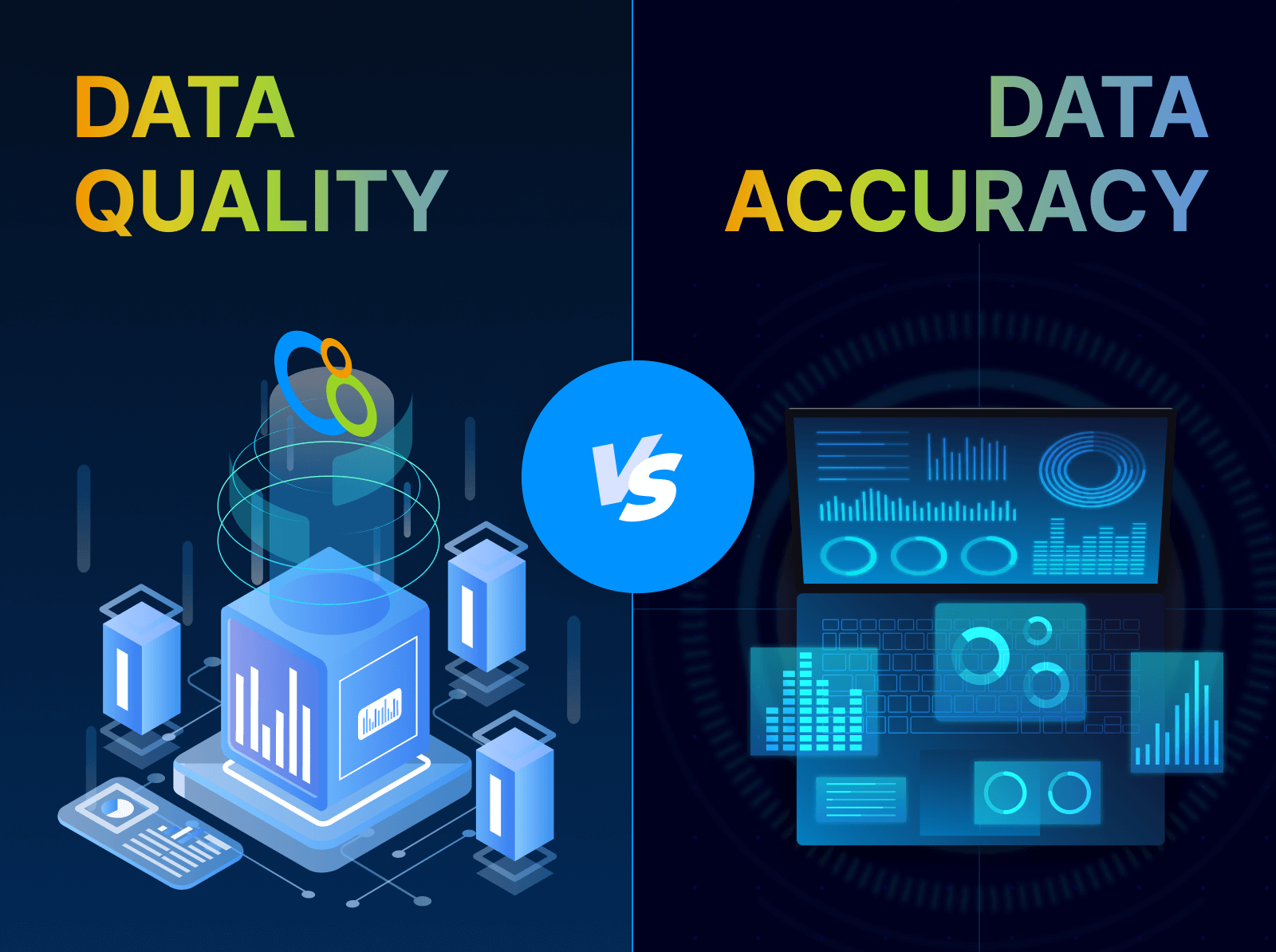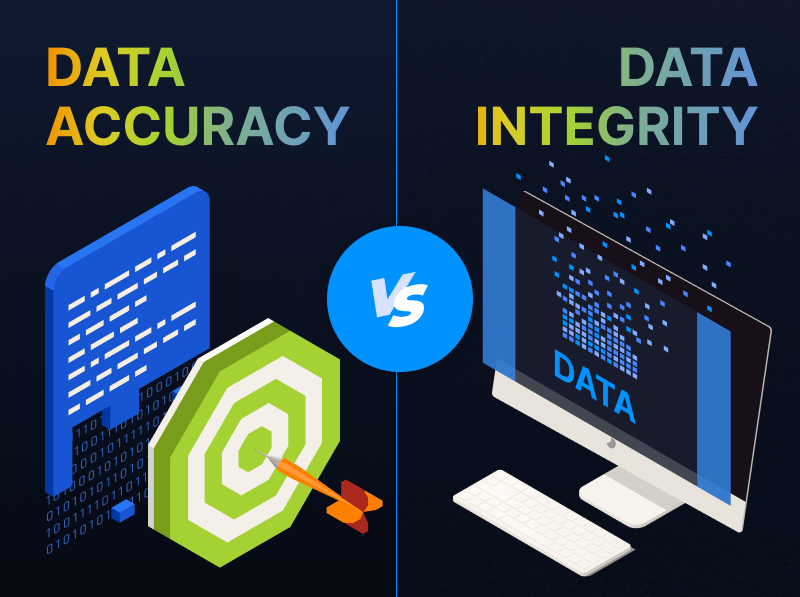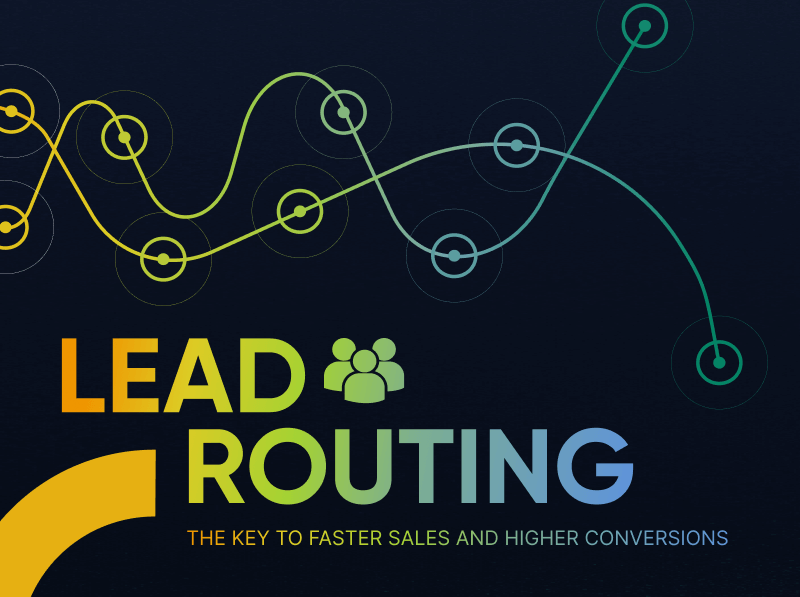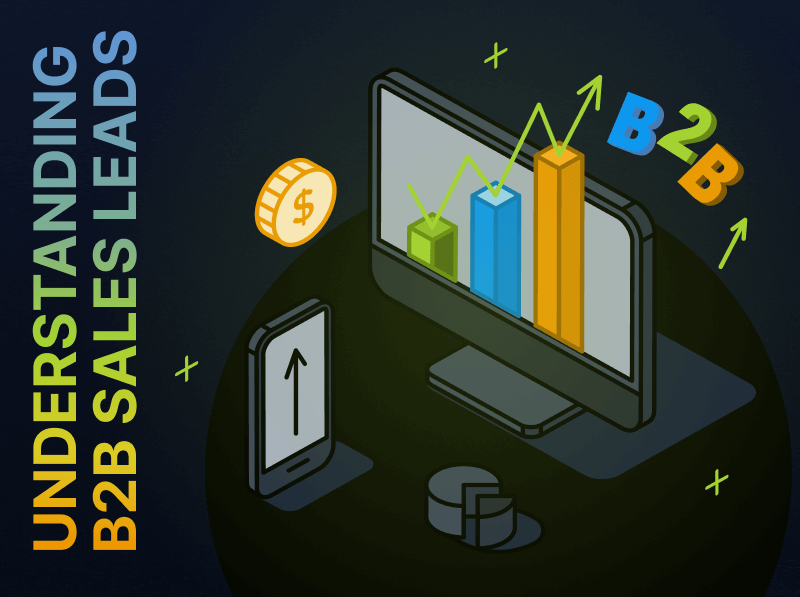The Top 10 Data Quality Metrics for B2B Marketing
High-quality data empowers B2B marketing teams to run campaigns that land with the right people, at the right time, through the right channels. Low-quality data, on the other hand, leads to misrouted leads, wasted spend, lost trust, campaign underperformance, ticked off sales teams and irritated customers. Hot take: knowing how to assess and improve data quality is pretty important.
Data quality is the silent driver behind every high-performing B2B campaign. Without it, segmentation fails, targeting misfires, and attribution becomes guesswork. With it, marketing teams can deliver relevant, timely, and compliant experiences at scale. By securing data quality, marketing operations professionals enable effective measurement and reporting, scale efficiency with AI tools, build organizational trust, and fuel the revenue engine to run faster, cleaner, and farther.
What is Data Quality?
The phrase “data quality” has become a cornerstone of B2B marketing, and for good reason. It’s more than just a buzzword—it’s a strategic asset. In fact, terms like “data quality definition” and “what is data quality?” are among the most searched by marketing operations professionals looking to optimize their systems and processes.
Data quality refers to the condition of your data based on factors like accuracy, completeness, reliability, and relevance. For Marketing Ops professionals, it’s about ensuring the lead and customer data you rely on every day is fit for purpose—ready to drive segmentation, scoring, personalization, marketing and sales activation, and reporting.
But what does “good” data actually look like? What is “quality” data and how do you measure it?
Frameworks like those from DAMA International and standards like ISO 8000 provide widely recognized definitions and guidelines for data quality. DAMA has proposed 6 dimensions that are widely adopted across businesses: completeness, uniqueness, timeliness, validity, accuracy, and consistency. Grouping data quality into six metrics is a hip trend with companies such as IBM, Talend, Collibra, and Experian and consultancies like Deloitte and PriceWaterhouseCooper all deploying 6 dimensions with very little variance from the six listed above.
We like a top ten. Alliterated and fits on two hands with no finger left out. Here are the ten essential data quality metrics (also known as “data quality dimensions”) we recommend every B2B team track and manage, built from industry standards and informed by our own work at Integrate.
10 Data Quality Metrics
Accuracy
This metric helps marketing operations professionals ensure that their contact and account data reflects real-world truth. Data accuracy is a snapshot in time. Accurate data builds trust in segmentation, personalization, and performance reporting—and lays the groundwork for effective campaign execution.
Example: A lead record lists “Erica Johnson” as CMO of Acme Corp, and she is indeed the current CMO right now.
Benefit: Accurate data fuels relevant personalization and ensures confidence in campaign reporting.
If it’s missing: You’ll send emails to outdated contacts, waste spend, and risk eroding trust between marketing and sales.
How to use it: Validate fields with third-party sources at the point of ingestion and automate ongoing verification processes.
Integrity
Data integrity helps marketing operations professionals ensure that data across systems maintains logical relationships. That means contact records are correctly linked to the right accounts, account hierarchies are intact, and no records fall out of sync when integrated across platforms. Integrity is a time and change component: does the data stay accurate over time? If so, the integrity of the whole is maintained. Data integrity underpins everything from lead routing to accurate reporting.
Example: A contact record is linked to the correct account and buying group without conflicts across CRM and MAP.
Benefit: Integrity ensures smooth system integration, accurate reporting, and clean buyer journeys.
If it’s missing: You’ll see disjointed records, failed workflows, and errors in reporting and targeting.
How to use it: Enforce field mapping, lead ID unification, and use systems that support bidirectional syncing.
Completeness
Completeness helps marketing operations professionals ensure that every required field in a lead record is filled out—things like name, title, email, company, and region. Incomplete records create bottlenecks in segmentation, routing, scoring, and personalization. Clean, complete data moves faster through the funnel and performs better in every campaign.
Example: Every record includes name, email, job title, company, region, and opt-in status.
Benefit: Complete records enable segmentation, routing, scoring, and compliance.
If it’s missing: Leads get stuck in workflows or sent to sales unqualified, reducing conversion and campaign ROI.
How to use it: Define mandatory fields per persona and campaign type, and reject records missing them.
Consistency
Consistency helps marketing operations professionals ensure that data is standardized across systems and records. That means values like country, industry, or job titles are entered in a consistent way—ensuring automation runs smoothly, reporting stays accurate, and integrations don’t break due to mismatched formats.
Example: “United States” always appears as “USA” per your field standard.
Benefit: Enables better integration, segmentation, and analysis.
If it’s missing: Inconsistencies break automations, reporting dashboards, and CRM syncs.How to use it: Normalize values during ingestion and use controlled vocabularies and picklists.
Validity
Validity helps marketing operations professionals ensure that data is formatted correctly and follows logical business rules. This includes verifying email syntax, phone number formatting, or whether a required field contains an acceptable value. Valid data keeps systems functioning smoothly and enables accurate segmentation, routing, and compliance.
Example: An email address is in valid syntax and aligns with the domain of the company.
Benefit: Valid data is system-safe, easier to integrate, and compliant.
If it’s missing: Invalid formats cause bouncebacks, failed workflows, and form errors.How to use it: Use format validation rules and regex pattern checks during entry.
Uniqueness & Duplicate Rate
Uniqueness and Duplicate Rate (aka Duplicity) are two sides of the same data quality coin.
- Uniqueness emphasizes what’s right in your data. It ensures each contact or account appears only once in your system, preserving trust and clarity in campaign performance.
- Duplicate Rate emphasizes what’s wrong and actionable. It quantifies how many records are repeated, providing a direct signal of where data cleanup is needed.
Example: You find 500 duplicate contacts among 10,000 total records, indicating a 5% duplicate rate and a 95% uniqueness level.
Benefit: Minimizing duplicates improves SDR efficiency, targeting accuracy, reporting confidence, customer experience, and saves money on volume-based subscriptions.
If it’s missing: You’ll annoy buyers with repeat outreach, frustrate sales reps, inflate performance metrics, and waste resources.
How to use it: Deduplicate at the point of data ingestion and run monthly checks using fuzzy match algorithms to preserve uniqueness.
Timeliness
Timeliness helps marketing operations professionals understand how current and up-to-date their data is. Information about leads, such as job title, company, or intent, can change rapidly. Tracking and maintaining the freshness of your data ensures relevance and effectiveness in every campaign.
Example: A lead’s job title was verified within the past 90 days.
Benefit: Current data improves targeting precision and reduces waste.
If it’s missing: You’ll reach out to people who no longer work there, or worse, waste budget on dormant records.
How to use it: Monitor age of last verification and set rules for periodic data refresh.
Lineage
Lineage helps marketing operations professionals trace the origin and transformation of a lead record. Understanding where data came from, what systems it flowed through, and whether consent was verified builds confidence in campaign execution and ensures compliance with data privacy standards.
Example: A lead came from a gated content syndication campaign with documented consent.
Benefit: Improves auditability, consent tracking, and campaign performance analysis.
If it’s missing: You’ll struggle to prove compliance, understand performance, or resolve system conflicts.
How to use it: Tag leads with source metadata and use platforms that preserve origin and flow history.
Compliance Rate
This metric helps marketing operations professionals ensure their database complies with evolving privacy laws and internal policies, making sure the leads in play are legally marketable and safe to activate.
This metric helps marketing operations professionals understand whether their database is trustworthy and aligned with the real-world contacts and companies they intend to engage.
Example: 95% of leads in the database have verifiable consent and meet region-specific privacy requirements.
Benefit: Reduces legal risk and ensures marketability of your database.
If it’s missing: You risk hefty fines, reputational damage, and unusable leads.
How to use it: Implement consent verification, consent field tracking, and auto-rejection of unverified data.
How to Maintain High Data Quality: The Role of Data Hygiene
Ongoing data hygiene is essential to sustaining these metrics. It’s not a one-time cleanse—it’s an operational discipline.
Here’s how to keep your data clean:
- Proactive cleansing: Validate, deduplicate, and enrich data at the point of ingestion—not after it enters your CRM or MAP.
- Automated governance: Use lead management platforms to enforce accept/reject rules, format validation, and required fields.
- Continuous enrichment: Partner with trusted third-party providers to append firmographic or intent data and fill gaps.
- Ownership and accountability: Assign data stewards or ops team members to monitor metrics and enforce standards.
- Audit and refresh: Regularly review data aging, run compliance audits, and refresh high-priority segments.
In B2B marketing, data quality is more than just a backend concern—it’s a frontline competitive advantage. Whether you’re researching ‘B2B marketing data quality’ or trying to understand ‘data quality metrics’ more deeply, it’s clear that the ability to trust and act on your data is now a defining capability for high-performance marketing teams. When Marketing Ops teams measure and improve the right metrics, they unlock better targeting, cleaner handoffs, higher conversion, and stronger trust across teams.
These 9 metrics are not just benchmarks; they’re levers for growth. By embedding them into your workflows and making data hygiene part of your team’s DNA, you’re not just maintaining a database—you’re accelerating pipeline.
MarketingCharts brings us research from Ascend2 on the top B2B marketing priority and challenge. The top priority is “improving data quality” and the top challenge is “integrating technology.” Coincidence?
At Integrate, we help MO Pros turn fragmented lead data into compliant, connected, and campaign-ready pipelines. Want to see how? Get in touch with us.
Sources:
- https://datakitchen.io/the-six-types-of-data-quality-dashboards/
- https://miosoft.com/resources/articles/data-quality-dimensions-untangled.html
- https://www.marketingcharts.com/industries/business-to-business-233207
- https://firsteigen.com/blog/6-key-data-quality-metrics-you-should-be-tracking/
- https://www.collibra.com/blog/the-6-dimensions-of-data-quality
- https://www.ibm.com/docs/en/cloud-paks/cp-data/5.1.x?topic=quality-data-dimensions








